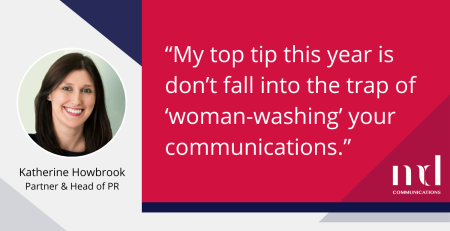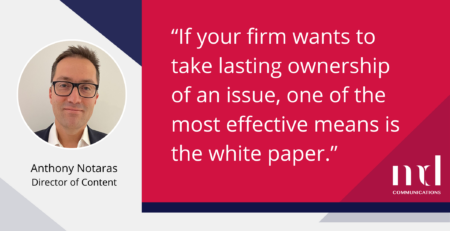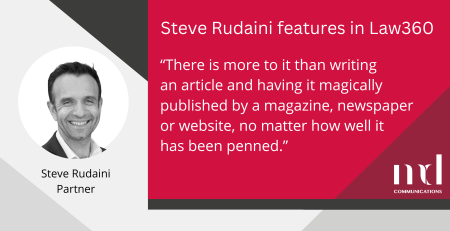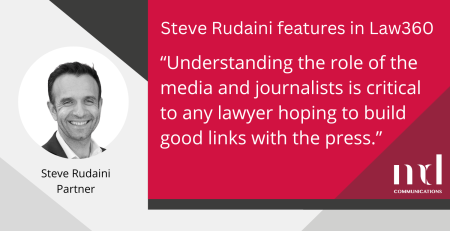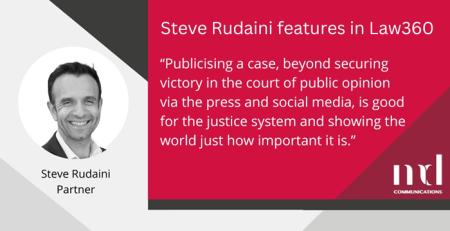Many organisations missed the 4 April deadline for reporting their gender pay gap data, but the vast majority of law firms who had to report did. Journalists were waiting for these reports.
There are serious issues around equality here, and for many firms there is a case to answer.
But here I’m interested in how this very serious reputational issue was tackled, as firms chose to present their gender pay differences in very different ways.
Here’s a few thoughts.
Too clever by half
Lawyers love a good loophole, don’t they? Some decided that equity partners didn’t have to count, so they just left them out. Step forward big legal brains at places like magic-circle firm Freshfields.
If anyone at the firm tried to imagine how that one might land, they weren’t listened to.
What do we know about City and international firms and gender? Well, for a start, we know that partnership is where the glittering prizes are, and that most struggle with getting the proportion of women partners to a respectable level.
All big firms talk about a commitment to equality on their websites – so when other firms decided to publish partner info, they looked evasive and their reputation took a hammering.
The lowliest rookie journalist was able to ask: ‘What have they got to hide?’
Clifford Chance broke ranks in publishing partner data, saying it was ‘the right thing to do’.
A good day for some
Hogan Lovells had the best day of the very big firms. Their good news story was in that same partner data – showing a pay gap that slightly favoured women partners over men.
This made the headlines, instead of an overall pay gap that favoured men among the rest of the employees. The firm looked open, and gave plenty of data away.
Above and beyond
Here was one good move. Some firms served up a bit of self-criticism that not all the press would have noticed at first. This looked really open. I’m thinking especially of those who pointed out that women associates earning more than male associates showed that their careers were stalling at a point where they should have been joining the partnership.
Being first was a disadvantage
Law firms seemed to learn from early misfires like Freshfields’ limited approach. The proportion deciding on the more open and complete approach, including separate partner data, seemed to go up.
Firms that didn’t do this on first publication faced ‘growing calls’ and ‘pressure’ (favourite words in the media). The press likes to feel like it has this sort of power. ‘Pinsents bows to pressure over partner remuneration,’ was one typical result.
So there it is. Firms that tried to do the minimum generated the most negative headlines. Interest in gender pay gaps is intense.
There’s no way they could fix an imbalance where they had a bad story to tell, but then the awkwardness felt was always meant to drive change in the future.
A sensible firm, worried about the figures within the partnership, would ask Hogan Lovells’ managing partner out for a chatty lunch in the hope of getting advice on how to improve.



